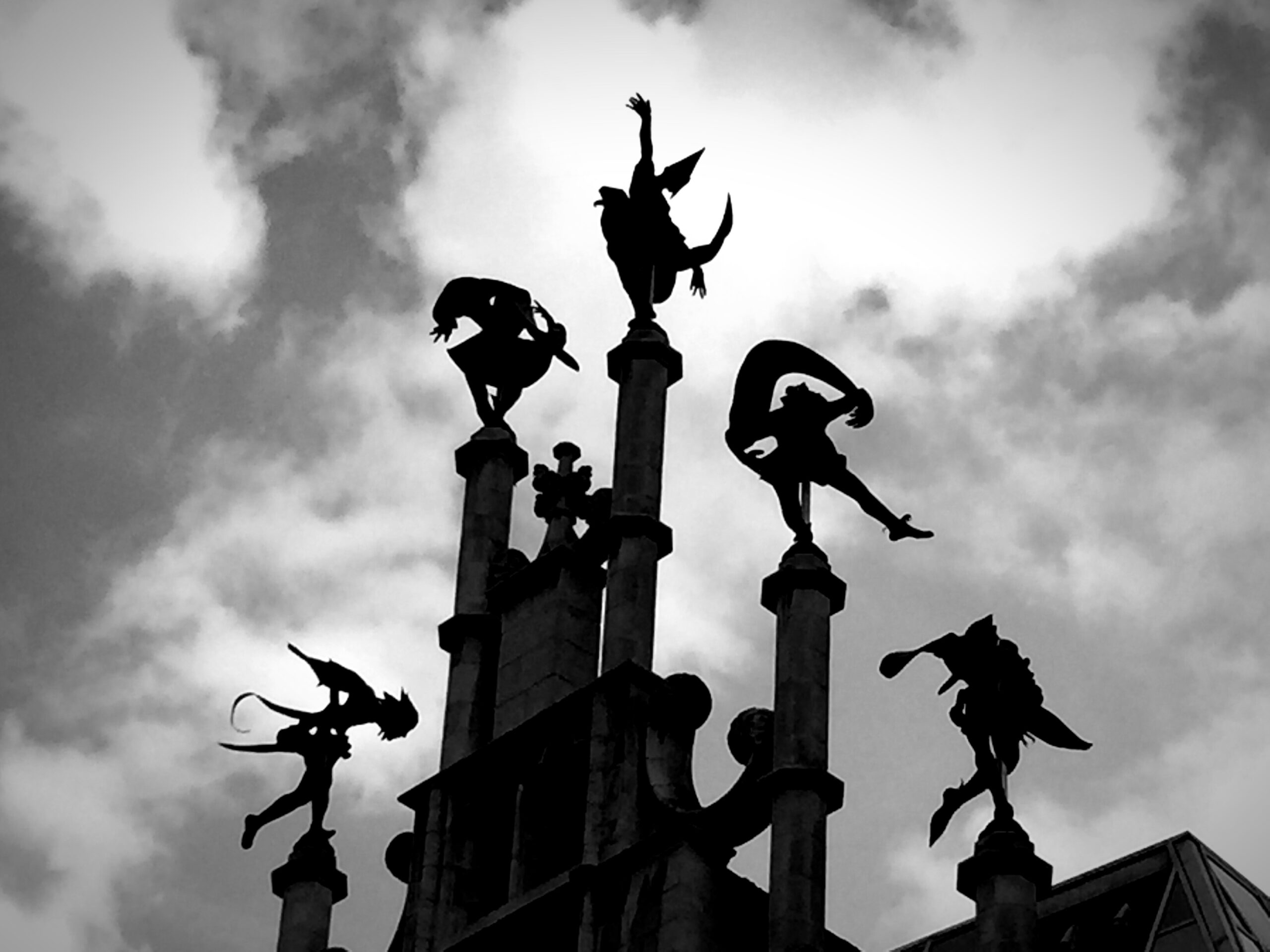
This daytime and joint recognition of substitution and delay by both of these thoughtful adults is replicated in our dreamer’s nighttime psychological work. Unlike with the dreamer who is seeking personal recognition and influence, this dreamer is seeking something that is not found through action. This dreamer is looking for what Erik Erikson (1963) identifies as the first desired outcome in a child’s life. This outcome concerns Trust. We can dwell on the financial tightrope only if we trust that we will not fall and that our spouse is there to help us not fall. Even before our fears about finances, we are fearful about our survival as an infant. We must trust our caregiver(s) to provide nourishment and a roof over our heads.
The noted psychotherapist, Harry Stack Sullivan, was said to have suggested that there is an even more primitive fear: we fear being dropped as an infant who is being held in our caregiver’s arms. We imagine in some primal way that we are falling and falling and falling. It is only when we trust our caregiver that we can delight as an infant in being tossed up in the air. This is the first of what Csikszentmihalyi (1990) would label as a “flow” experience. The anxiety associated with potentially falling is matched by the confidence that person tossing us is well-intended and capable of catching us. While flow is found in the experience for some of us of climbing up the side of a mountain, it is found much earlier in the experience of flying through the air as an infant.
This is why action makes no sense for the dreamer in addressing the challenge of finding security through a trusting relationship. It is not a matter of doing something. It is a matter of finding and accepting trust in the intentions and competency of another person. We can’t return to our childhood and retrieve the trust of our mother or father. However, we can find a way to establish and ensure the trust of people in our life right now—especially someone with whom we have established an enduring, intimate relationship (Bergquist, 2022). During the day this means that we should reflect on and share some of our childhood experiences (especially fears) with our personal therapist – and eventually our spouse (and others in our family).
In our dreams we can address the focal issue of security and trust by imagining that we are sitting by a warm fire on a chilly winter day with our family all around us (including our now-deceased parents). Our dream might instead seek resolution of the trust conflict by providing an action-based story of some fearsome animal (such as a bear or lion) actually protecting us against an attacking monster. At a more archetypal level, our dream might introduce a powerful maternal figure in whose arms we are being held following our journey through treacherous territory. The key point is that we are being provided with some security. How does it make us feel in the dream? And is this enough security to make us comfortable with our own vulnerability – or do we feel like we still might fall?





